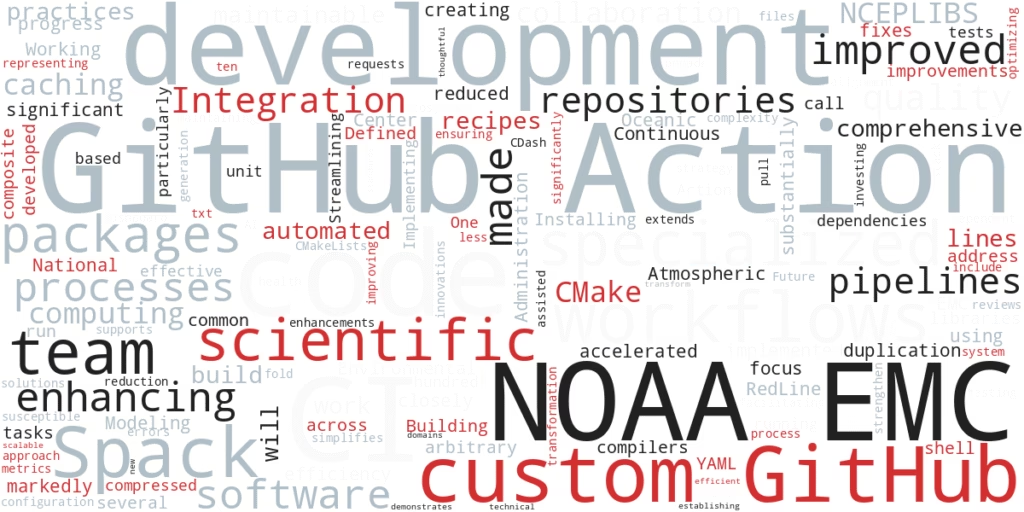At RedLine, we’re always looking for cutting-edge tools to enhance our high-performance computing (HPC) solutions. One technology that has been gaining traction in our deployments is Warewulf – a powerful cluster management system that’s revolutionizing how we provision and manage large-scale HPC environments.
What is Warewulf?
Warewulf is an open-source cluster management tool developed by CIQ (the creators of Rocky Linux). It allows for efficient provisioning, monitoring, and management of large numbers of compute nodes in HPC clusters. Some key features include:
- Stateless node provisioning
- Centralized image and configuration management
- System and runtime overlays for node customization
- Configures DHCP, TFTP, and NFS services
- Support for containerized images
Why Warewulf?
Warewulf solves several pain points in traditional HPC cluster management:
- Stateless nodes – Nodes boot from the network, eliminating issues with maintaining stateful local disks.
- Consistent environments – All nodes boot from the same base image, ensuring uniformity.
- Maintainable updates – Centralized image management makes updating the entire cluster simple.
- Flexible customization – Overlays allow for per-node customization without modifying base images.
- Scalability – Designed to efficiently manage thousands of nodes.
How Warewulf Works
The Warewulf provisioning process looks like this:
- Node boots and requests an IP via DHCP
- Warewulf identifies the node and provides boot info
- Node downloads kernel and initramfs via TFTP
- System overlays are applied during boot
- Runtime overlays can be applied periodically after boot
This allows for a fully automated, customizable provisioning process.
Productionizing Warewulf
For production deployments, we typically set up Warewulf in a highly-available configuration:
- Two management nodes in an active/passive setup
- Corosync and Pacemaker for failover
- Shared storage for Warewulf data
- Virtual IP for client communication
This ensures the provisioning system remains available even if one management node fails.
Our Experience
We’ve deployed Warewulf on numerous customer HPC clusters, ranging from a few hundred to over a thousand nodes. It has proven to be reliable, performant, and flexible enough to meet diverse requirements.
Some lessons learned:
- Careful tuning of overlay update frequency is important for large clusters
- Using 10GbE or faster networking for the provisioning network is recommended
- Integrating with existing configuration management tools like Ansible works well
- Version control for Warewulf configs (e.g. in Git) helps with change management
Warewulf has become an essential part of our HPC toolkit at RedLine. Its innovative approach to cluster provisioning and management aligns perfectly with modern HPC requirements for consistency, flexibility and scalability. As we continue pushing the boundaries of HPC, tools like Warewulf will play a key role in enabling ever larger and more powerful computing environments.




